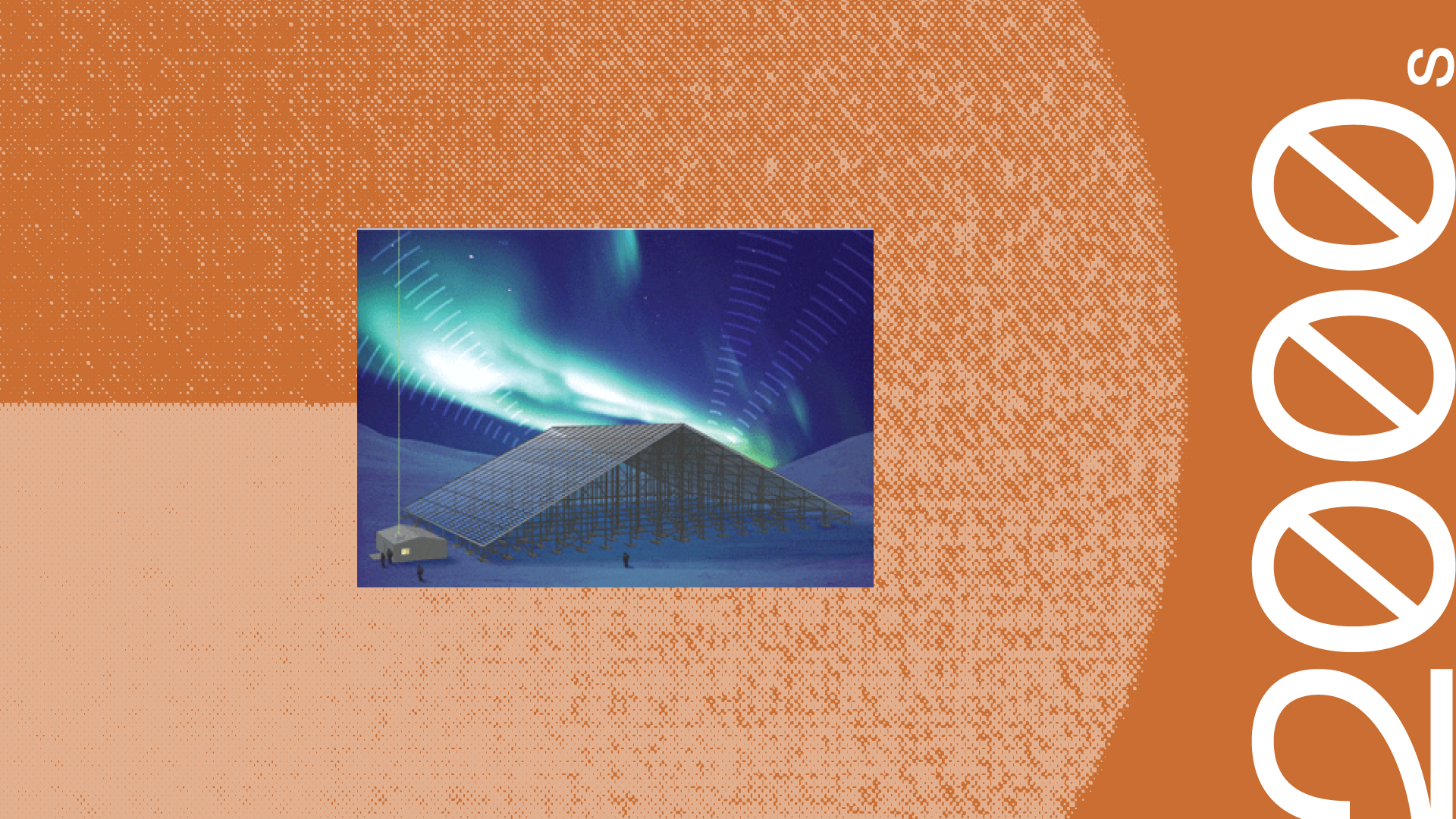
SRI launched a new age in atmospheric research with a novel, relocatable radar facility. The Advanced Modular Incoherent Scatter Radar (AMISR) was built for the National Science Foundation to study complex upper atmosphere and space weather events.
AMISR is the first system to provide scientists with the technology necessary to collect critical data and study global climate trends from year to year. Scientists can now investigate the energy and momentum transfer among all layers of the Earth’s upper atmosphere, accessing critical data on the complex physical processes that comprise the sun, magnetosphere, and ionosphere.
Data collected from the high-latitude atmosphere and ionosphere provide an opportunity for early detection of climate-change phenomena. Remote operation and electronic beam steering allow researchers to operate and position the radar beam instantaneously to accurately measure rapidly changing space weather events, which can potentially damage and interrupt power grids and satellite and electronic communication.
AMISR has three faces, each comprised of 128 building block-like panels over a 30- by 30-meter surface. One face is located at the Poker Flat Research Station in Alaska. The other two faces are currently located at Resolute Bay, Canada. One will remain there, under ownership of the University of Calgary. The National Science Foundation owns the other face in Resolute Bay. Plans are underway to move it to Chascomús, Argentina, about 80 miles south of Buenos Aires.
Read our 75th anniversary blog feature
75 Years of Innovation: Advanced Modular Incoherent Scatter Radar (AMISR)



